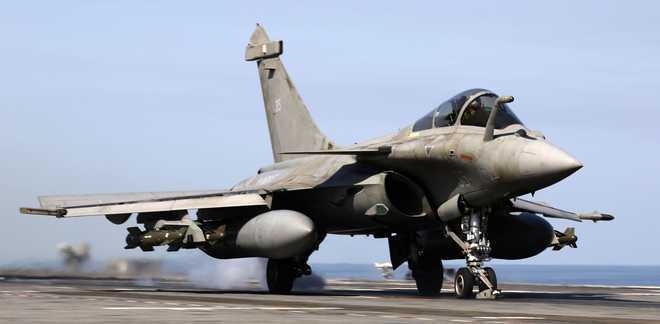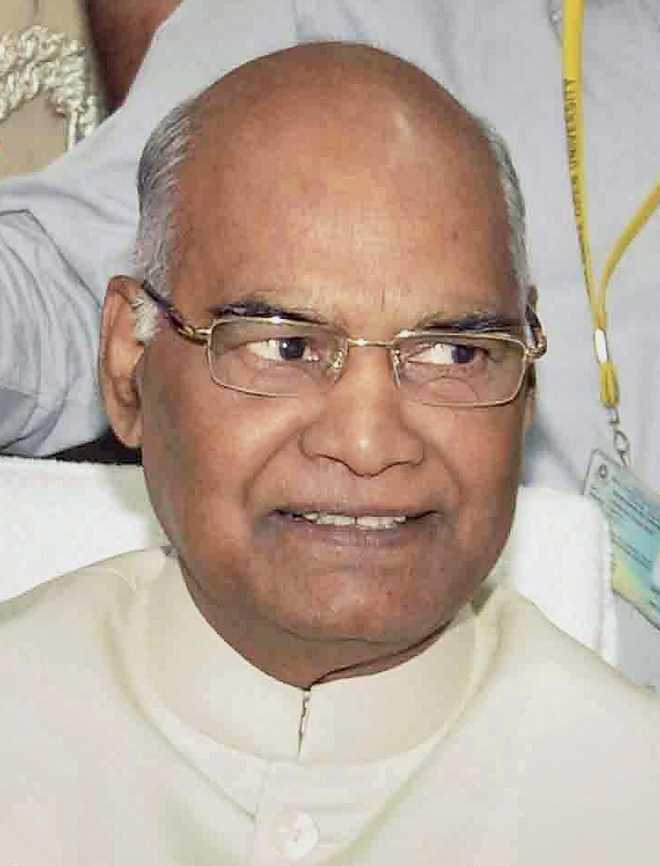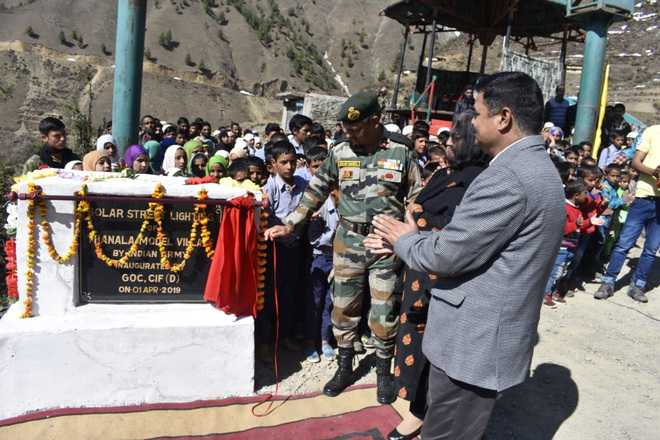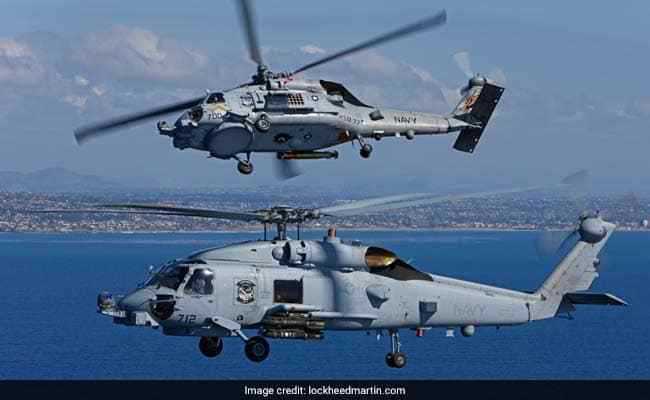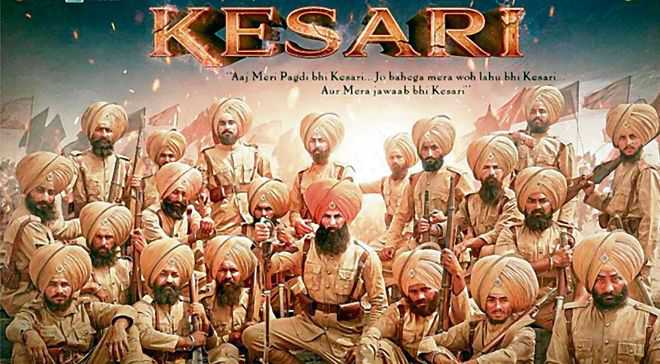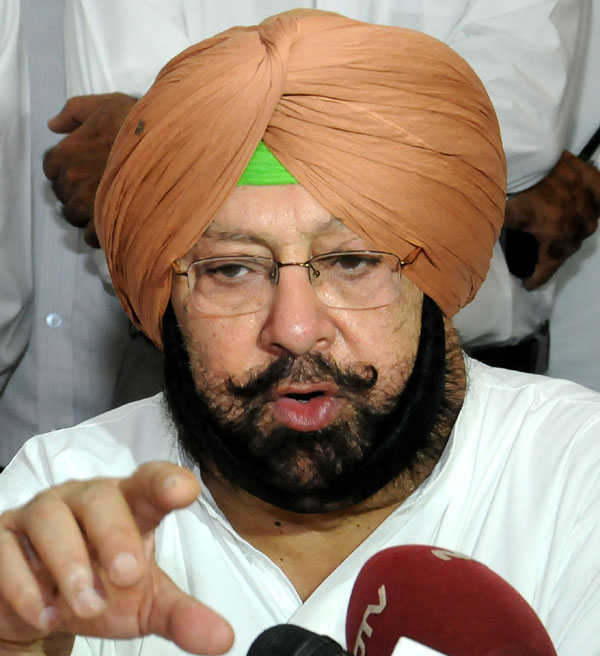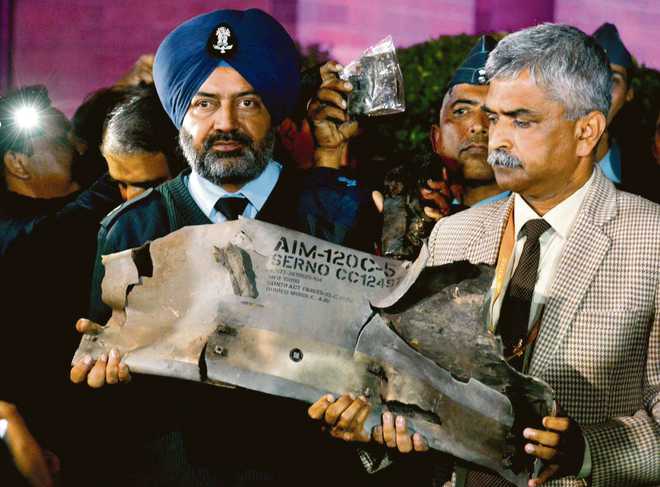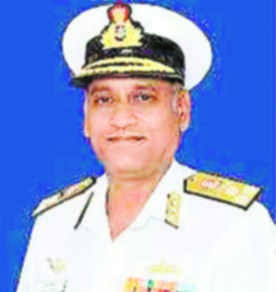AMRITSAR:It took place 100 years ago to the day. On April 13, 1919, soldiers of the British Indian Army, under the command of Colonel Reginald Dyer, fired bullets into a crowd of civilians who gathered peacefully in Jallianwalla Bagh, near the Golden Temple in Amritsar, to celebrate the harvest festival of Baisakhi and protest against the arrest and deportation of two national leaders, Satya Pal and Dr Saifuddin Kitchlew.
A hundred years later, the massacre still remains a searing memory for families of the victims who heard about it from survivors and relayed the narrative to subsequent generations.
Satpal Sharma, an 82-year-old retired head teacher, says his father’s brother Lal Chand, who was a survivor, narrated to him the story.
“My grandfather, Amin Chand Sharma, a hakim by profession, was getting ready for taking part in the Jallianwala Bagh protest. In the meantime, my uncle Lal Chand, who was only 12 years old then, started imploring my grandfather to take him along,” said Satpal .
His grandfather and uncle both left for the venue and joined the crowd, which was listening to the speeches of protest leaders when Dyer arrived at the scene accompanied by soldiers. “They took up positions and opened fire on the gathering without any warning. During the firing, among others, my grandfather was killed. My uncle somehow survived; he was taken out a day later from beneath a heap of bodies,” Sharma recalled.
“It was a brutal killing of innocent people and we can’t forget this. Even today, whenever I go to the Jallianwala Bagh, tears roll out of my eyes,” said Sharma, whose grandfather was recognized as a freedom fighter in 2010.
Mahesh Behal, 73, president of the Jallianwala Bagh Shaheed Parivar Samiti, heard the story of his own grandfather, lawyer Hari Ram Behal, from survivors. He was in Jallianwalla Bagh to address the crowd, but he was gunned down by Dyer’s troops before it was his turn to speak . Behal calls Dyer a “butcher”. “Before going to Jallianwala Bagh, my grandfather had told my grandmother, Rattan Kaur, to prepare kheer (rice pudding). My grandmother kept waiting with a bowl of kheer in her hand. Since then, we have not been cooking kheer in April,” Behal said.
The death toll in the massacre is still disputed. The colonial government put the number of deaths at 376, far fewer than the Indian National Congress’s claim that more than 1,000 perished.
Mahesh Behal says the families of some of the victims are in Pakistan. “We have contacts of only half-a-dozen families. No contacts of other families have been traced by the government even after the passage of 100 years,” he said.
Member of Parliament, Shwait Malik, who is one of the members of the Jallianwala Bagh National Memorial Trust, said, “The list of identification of the victims is being finalised by Amritsar administration. Till now, the administration has prepared a list of 501 victims. As soon as the list is completed, I will ask the Centre to announce the status of martyrs to those killed during the massacre.”
Ratan Devi, widow of Chhaju Bhagat, spent the night of Baisakhi in 1919 in Jallianwala Bagh by her husband’s body.
“After passing through that heap (of bodies), I found the body of my husband. The way towards it was full of blood and bodies…By this time, it was 8 o’clock and no one could stir out of her house because of a curfew order. I stood waiting. I could not go anywhere leaving the body of my husband… Amid hundreds of corpses, I passed my night…A number of them were poor, innocent children… What I experienced is known only to me and to God,” read her account preserved in the records of Jallianwala Bagh.
The Bengali keeper of Jallianwala’s memories of pain
AMRITSAR: Sukumar Mukherjee, the third generation caretaker of the Jallianwala Bagh Memorial, says it deserves much more respect than what it gets from visitors. At the entrance of the memorial that was inaugurated in 1961, there is a gallery, full of words and photos on the massacre. The lines, “It’s a tragedy of national importance that cannot be allowed to be forgotten”, are a stark reminder of how India freed itself from colonial brutality.
SAMEER SEHGAL/ HT PHOTO■ Sukumar Mukherjee, secretary of the Jallianwala Bagh Memorial Trust in Amritsar on April 9. Mukherjee is the third generation caretaker of the memorial.For Mukherjee, secretary of the Jallianwala Bagh National Memorial Trust, this is both home and office – his residence is a short flight upstairs.
The 64-year-old with green eyes was born here, like his father Uttam Charan. The Mukherjees from the Hooghly district of West Bengal have been the caretakers of the Jallianwala memorial since its inception. Mukherjee’s grandfather Sashti Charan Mukherjee, a homeopath practising in Allahabad, was deputed by Congress leader Madan Mohan Malaviya to arrange a session in Amritsar in 1910. He never went back. Present at the bagh on the day of the 1919 massacre, Sashti Charan escaped death by hiding under the dais, and later moved a resolution for acquiring the site at the Congress session in Amritsar. This was followed by a nationwide appeal for fundraising by Mahatma Gandhi and a trust was set up with Malaviya as president and Sashti Charan as secretary. The British, it is said, wanted to obliterate the signs of the massacre by setting up a cloth market here but the Indians managed to acquire the land in 1920. Miffed, the authorities arrested Sashti Charan, who had the land deed, but he remained resolute.
Ever since, the Mukherjees have been the caretakers of the memorial. Sukumar, the youngest of three brothers, quit his bank job to take on the mantle from his father Uttam Charan when he died in 1988. “I was appointed by then PM Rajiv Gandhi,” says Mukherjee. “Most visitors treat it as a picnic spot, sometimes they don’t even care to read its history,” he rues.
Although the Trust is headed by the Prime Minister, managing the memorial is no cakewalk, says Mukherjee. In 2011, he had goons following him when the Punjab and Haryana high court ordered eviction of an illegal occupant from one of the Trust buildings.
During militancy in Punjab in the 1980s, a group of youngsters with swords apparently threatened to kill his father, saying they had seen people smoking in the bagh. “Papaji was very gutsy, he said, ‘kill me’ and they left,” Mukherjee recalls.
Living with a piece of history has its challenges. Kakoli, Sukumar’s wife who came here as a young bride in the 1980s when militancy had gripped the state, remembers the siege during Operation Bluestar. “We couldn’t step out for over a week, thankfully papaji (Uttam Charan) had a habit of storing ration.” It was due to the barter of onions and tomatoes that she came close to her neighbours during that period, Mukherjee says. “My daughters worry about my health and tell me ‘Papa, you’ve done enough sewa, come stay with us’, but I want to see the memorial through its 100th anniversary. Then, I will see,” Mukherjee says.
DYER OR DWYER: WHO IS TO BE HELD RESPONSIBLE FOR THE 1919 SHOOTING?
AMRITSAR: It’s widely believed that there would have been no Jallianwala Bagh massacre had it not been for one man who decided to teach Indians a lesson for being “wicked”. Ninety-one years after his death, Col Reginald Edward Harry Dyer — also called the butcher of Amritsar — remains an enigma, painted in either black or white.
But historians say though Col Dyer was the man on the spot, it was Sir Michael Francis O’Dwyer, the lieutenant governor of Punjab, who ordered the Jallianwala massacre. According to Indu Banga, a specialist in history of Punjab: “Dwyer was an arch imperialist who was responsible for this massacre. Dyer was merely following his orders.” Banga says even after his retirement, Dwyer continued to oppose any concessions for Indians.
Dwyer, says Banga, also raised money for a memorial to Dyer. Both men were born in 1864. While Dwyer was shot dead by Indian revolutionary Udham Singh in London’s Caxton Hall on March 13, 1940, Dyer died of cerebral haemorrhage and arteriosclerosis in 1927.
Few know that Dyer was born and raised in Punjab or that he was as wellversed in Hindustani as in English or that one of his favourite possessions was the photograph of an unnamed Sikh officer. What is well documented is his action at Jallianwala Bagh, which proved to be as much his undoing as that of the British Empire in India. Held guilty by the Hunter Commission, the moustachioed officer was forced to resign.











